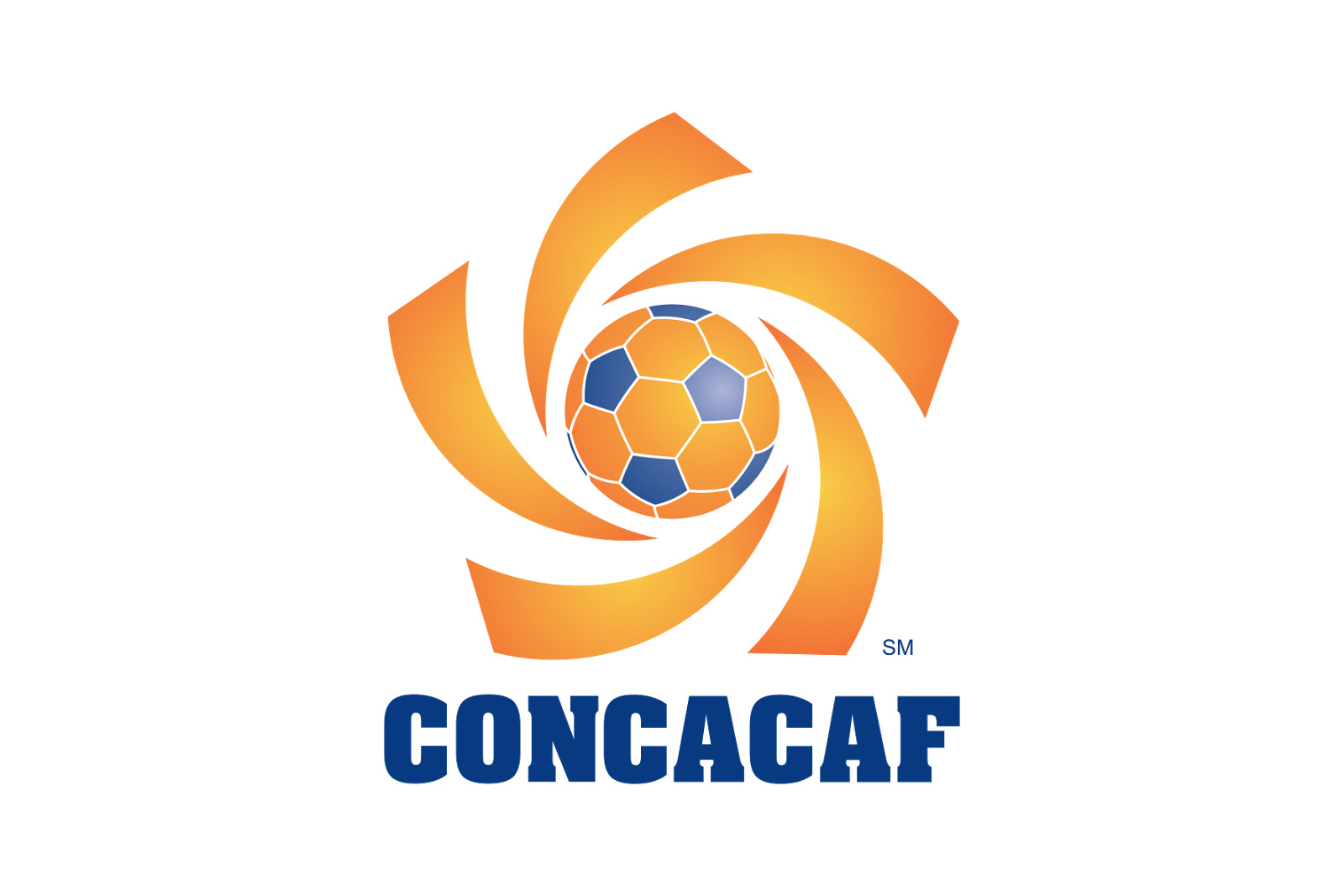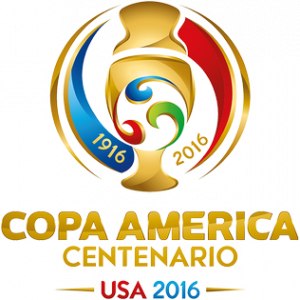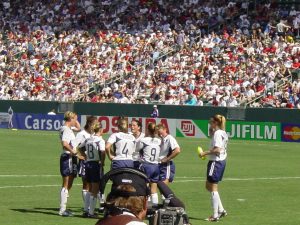The start of the 21st century was good for CONCACAF. The United States made the World Cup quarterfinal in 2002, only narrowly losing to eventual runners-up Germany. In 2005, Mexico and the US reached fifth and eighth, respectively, in the FIFA rankings.
And then there was 2009. At South Africa’s Confederations Cup, the United States reached the final, beating Spain, the very same Spain that swashbuckled its way through Euro 2008 before conquering the world a year later. And then the US almost beat Brazil, holding a 2-0 lead in the final before succumbing to Brazil’s attack.
At the World Cup in South Africa, the United States won its group (who can forget that Landon Donovan goal) and Mexico also advanced until each side faced its bogey team in the round of 16 (Ghana for the US, Argentina for Mexico). Players for each of the two powerhouses were thriving in Europe: Clint Dempsey got regular playing time for Fulham, then a Premier League staple, Michael Bradley’s career was going well at Borussia Mönchengladbach, Andres Guardado was finding success in Spain with Deportivo La Coruña, and Javier “Chicharito” Hernandez, the breakout star of South Africa, was snapped up by Sir Alex Ferguson himself for Manchester United.
The 2011 Gold Cup final was a match of epic proportions with quality goals from both sides in front of a raucous Rose Bowl crowd. Within a year, Dempsey was at Tottenham, Bradley was at Roma, and more Mexican stars continued to flood Europe.
Jürgen Klinsmann was at the helm for the Americans, bringing in new ideas and revolutionizing the US youth system. The Stars and Stripes cruised through World Cup qualifying, and with the region’s smaller teams finally providing more competition, Mexico was involved in some drama, going down to the wire to make the intercontinental playoff (in no small thanks to Graham Zusi’s goal against Panama).
The CONCACAF fairytale looked to continue in Brazil. Mexico exorcised its demons with a 1-0 victory over Cameroon, the United States won in dramatic fashion, and Costa Rica upset Uruguay to put a third CONCACAF team in the spotlight on the world stage. Chris Wondolowski nearly nicked a last minute winner against mighty Belgium, and if Mexico managed to hold on against the Netherlands (¡No era penal!), the region would have had a semifinalist. Given the way Brazil finished the tournament, a CONCACAF team likely wins a medal.
But it was just before this tournament that the issues for the region started and the fairytale began to unravel. Instead of going to Europe, the best US stars (Dempsey, Bradley, and Jozy Altidore) started coming back to play in MLS, a move that Klinsmann was highly critical of, and rightly so. No matter what strides are being made, the competition in MLS is a step below that of Europe, putting the national team at a disadvantage.
Even the pixie dust that Klinsmann seemed to sprinkle on the national team wore off. After beating the Netherlands and Germany in friendlies in June 2015, any time the US faced a tough opponent, it fell. The federation fired Klinsmann in favor of Bruce Arena at the end of 2016, who hasn’t done much to change things in the US camp. Even the emergence of Christian Pulisic has done little to lift the Stars and Stripes in qualifying.
With the US falling off, Mexico asserted its dominance in the region. The nearly undisputed kings of CONCACAF have made quick work of World Cup qualifying, but fall at the first hurdle in bigger tournaments. Being trounced 7-0 by Chile in the Copa America Centenario before going to the Confederations Cup and losing to the Chileans again, despite the obvious talent on El Tri’s roster, does not bode well for manager Juan Carlos Osorio. Heavily criticized for unnecessary tinkering, not unlike Klinsmann, the Colombian manager hasn’t quite figured how Mexico will compete against top level competition, a problem he will have to rectify before the summer in Russia.
With some of his creative options returning to the continent (the dos Santos brothers), the regular competition for some of Osorio’s talent pool has fallen, and Mexico is finding it harder to compete with the world’s best.
Costa Rica has stepped in as Mexico’s main challenger in CONCACAF, but while they are a difficult team to break down, the class in the team comes from Real Madrid goalkeeper Keylor Navas and… Bryan Ruiz? The 32-year-old striker hasn’t made an appearance this season for Sporting CP, so if this is Mexico’s main challenger in the region, the strength of North America is waning.
Jamaica, a team that isn’t even in the final round of World Cup qualifying, has made the last two Gold Cup finals. There’s a reason that CONCACAF qualifying is always so intriguing when one of the big nations starts to struggle. None of the big nations should ever struggle in a confederation where no steady competitor rises from the region’s smaller countries.
That one of Mexico or the United States has struggled in the past two qualifying cycles is a cause of concern for the region as a whole. The message is clear: CONCACAF isn’t good enough.




